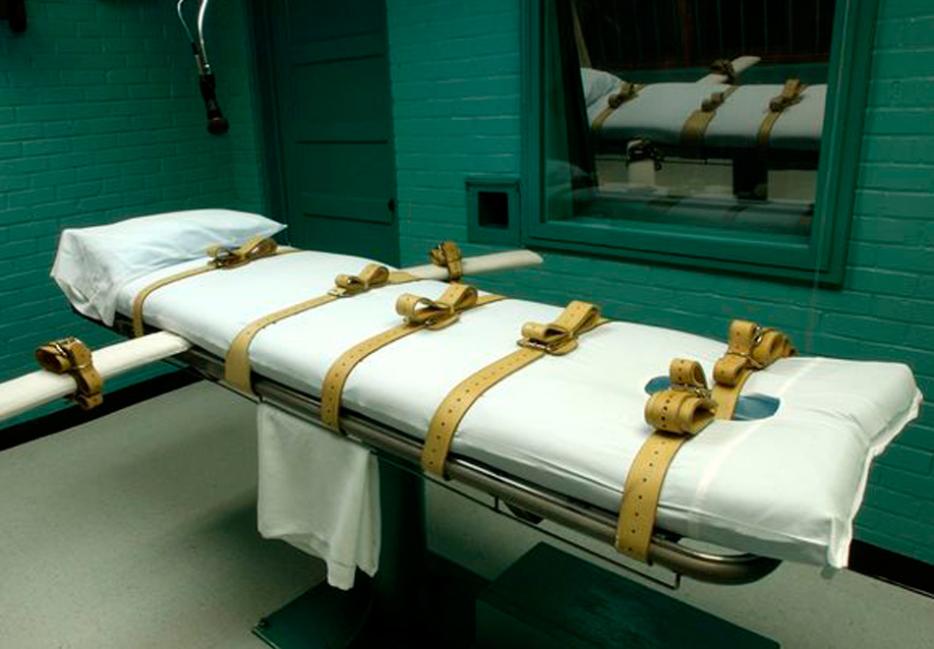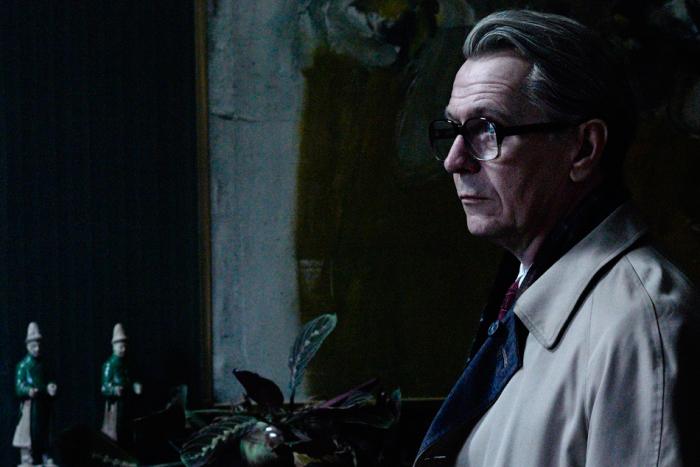On December 2, 1982, just after midnight, prison staff wheeled Charles Brooks Jr. into the execution chamber of the Texas State Penitentiary at Huntsville.
Six years earlier, Brooks had gone to a used car lot in Fort Worth and asked to go for a test drive. The mechanic had accompanied him. Brooks and an accomplice, Woody Lourdes, drove to a motel, bound the mechanic in a chair, and shot him through the head. A single bullet was fired and neither Brooks nor Lourdes would say who had pulled the trigger, but because of legal complications Lourdes got forty years and Brooks got death. And though Brooks’ lawyers and even the prosecution argued that handing out such disparate sentences for the same crime was unjust, the execution went forward, as executions in Texas tend to do.
That night in 1982, Brooks became the first man executed in Texas after the Supreme Court allowed the death penalty to resume after a ten-year hiatus. He was also the first man to die by lethal injection, the latest advancement in humane death. A doctor probed his vein, ensuring it would accept the catheter needle that would deliver the lethal dose of sodium thiopental into his bloodstream. On the other side of a wall through which tubes had been passed—a wall that gave everyone involved a comforting sense of distance—a medical technician injected the lethal drugs. Brooks looked at his girlfriend and said, “I love you.” A witness said Brooks “gasped and moved his stomach,” and that was that. He was pronounced dead at 12:16.
There is an eerie efficiency to state-approved death, a process carefully calibrated to be as impersonal and bureaucratic and quotidian as possible. In 1982, the process still produced some squeamishness. Should doctors really be involved in killing? Was this not against their oaths? And had Brooks suffered?
Repetition has dulled these objections. Today, state-approved death in Texas is so normalized it is almost boring. On Wednesday, Texas executed Kimberly McCarthy, a former nursing home therapist who borrowed a cup of sugar from her 71-year-old neighbour and then beat her with a candelabra, stabbed her with a butcher knife, and cut off the woman’s finger to steal her wedding ring.
McCarthy was the 500th inmate executed in Texas in the modern era of capital punishment, a milestone in a state that has executed far more prisoners than any other. In Huntsville, the home of the state’s execution chamber, the townspeople have become accustomed to the routine executions that come through their community every few weeks. A handful of activists gather on the street, holding signs demanding an end to capital punishment. A small group of counter-activists disagree nearby. A local criminologist and anti-death penalty advocate burns a candle on the street corner, as he’s done for the last twenty years.
Inside, too, the rituals are familiar. The changes since Brooks was executed in 1982 are minor. The drugs of choice have changed a few times. One warden added a pillow to the gurney in the execution chamber. A Texas legislator ended the tradition of allowing prisoners a least meal of their choosing in 2011, after a prisoner refused to eat what he’d requested. Otherwise, the routine is established. “It doesn’t take long. There’s not a lot said,” says Charles Thomas O’Reilly, a former warden who oversaw 140 executions. “All you’re going to do there is watch a guy go to sleep.” In 2000, Ponchai Wilkerson astonished officials by spitting out a small handcuff key as he prepared to die. “In another state you live with that for a long time,” said Jim Willett, a warden who oversaw 89 executions. “Here in Texas, another one is coming a few days later and you’ve forgotten that one before.”
500 executions is a grim landmark, and more than half of these executions have come under the watch of Governor Rick Perry. In 2001, Perry vetoed a bill that would have banned the death penalty for the mentally disabled. In 2012, the state executed Marvin Williams, a man with an IQ of 61 who sucked his thumb into his twenties. In 2011, Texas executed a Mexican national. In 2004, most famously, Perry refused to grant a stay of execution to Cameron Todd Willingham, despite plenty of evidence that there were serious problems with his conviction (read David Grann’s investigation here). “I think our process works just fine,” Perry said during his unsuccessful presidential campaign. “You may not agree with them, but we believe in our form of justice.”
On the day after McCarthy’s death, Perry spoke a lot about life. He called for a new special session of the legislature to try to pass an anti-abortion bill that would effectively close all but five of the state’s abortion clinics. The bill had been defeated earlier in the week after a dramatic filibuster by state senator Wendy Davis. And so on Thursday, in a speech to the National Right to Life Conference, the Governor patiently explained that Davis simply didn’t understand the value of life. “She was a teenage mother herself,” he said of Davis. “It is just unfortunate that she hasn’t learned from her own example that every life must be given a chance to realize its full potential and that every life matters.”






